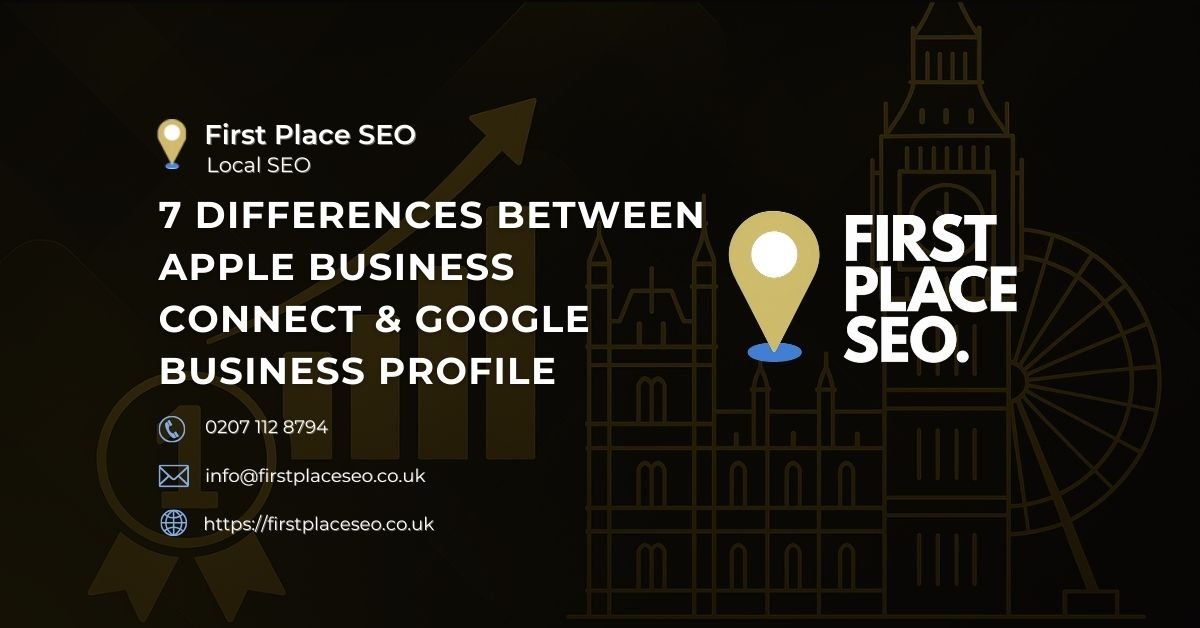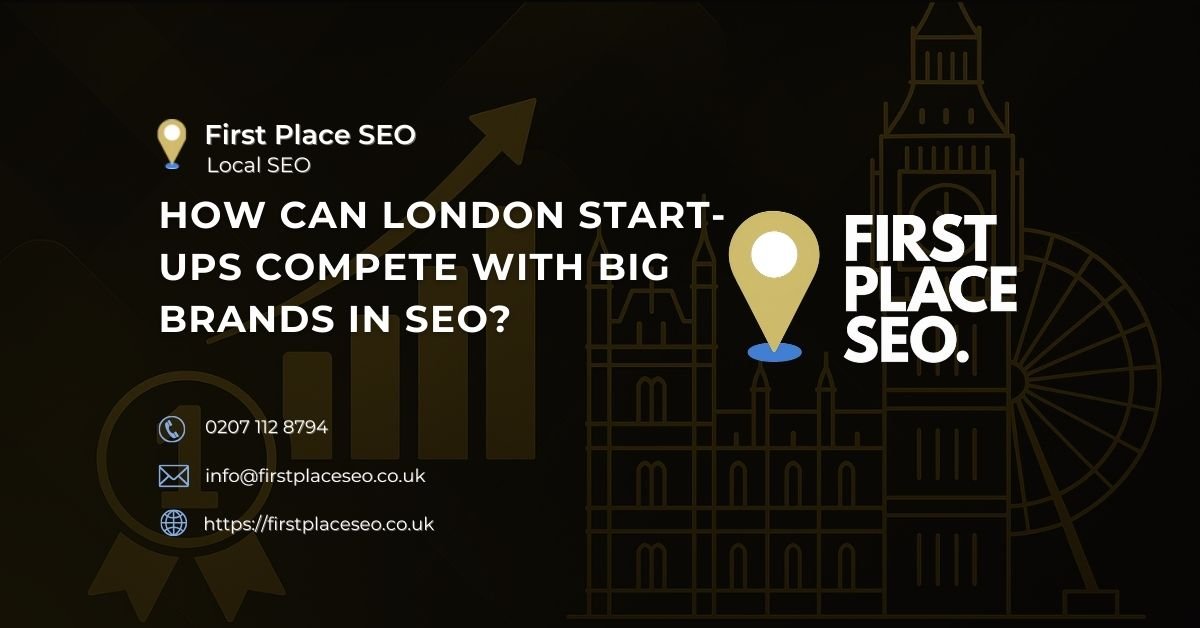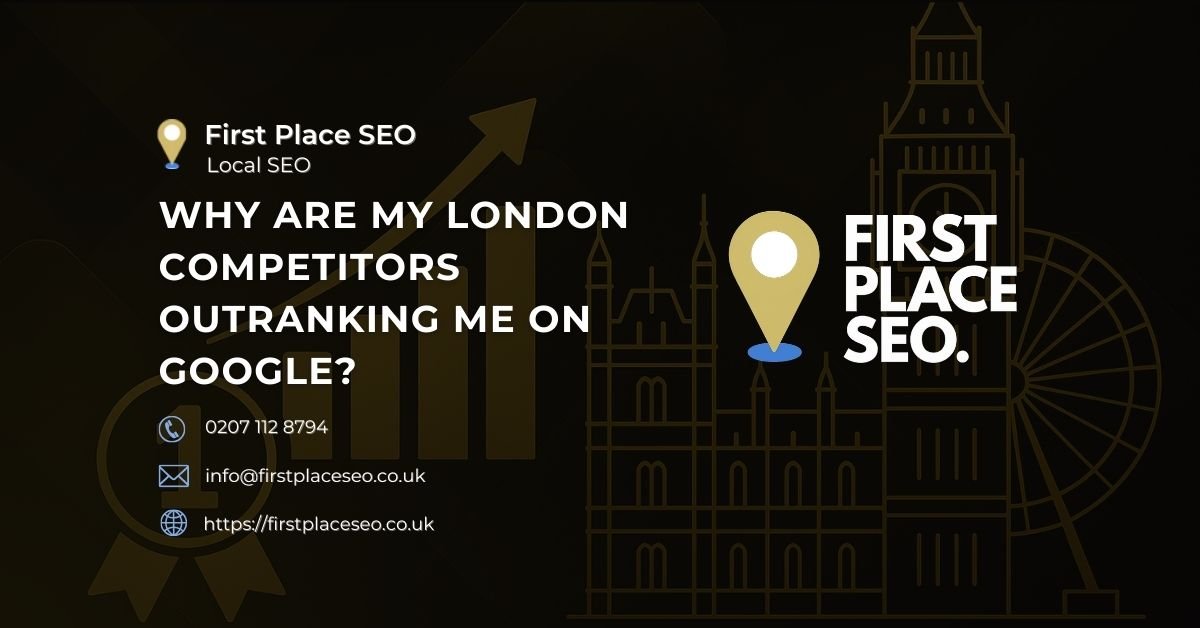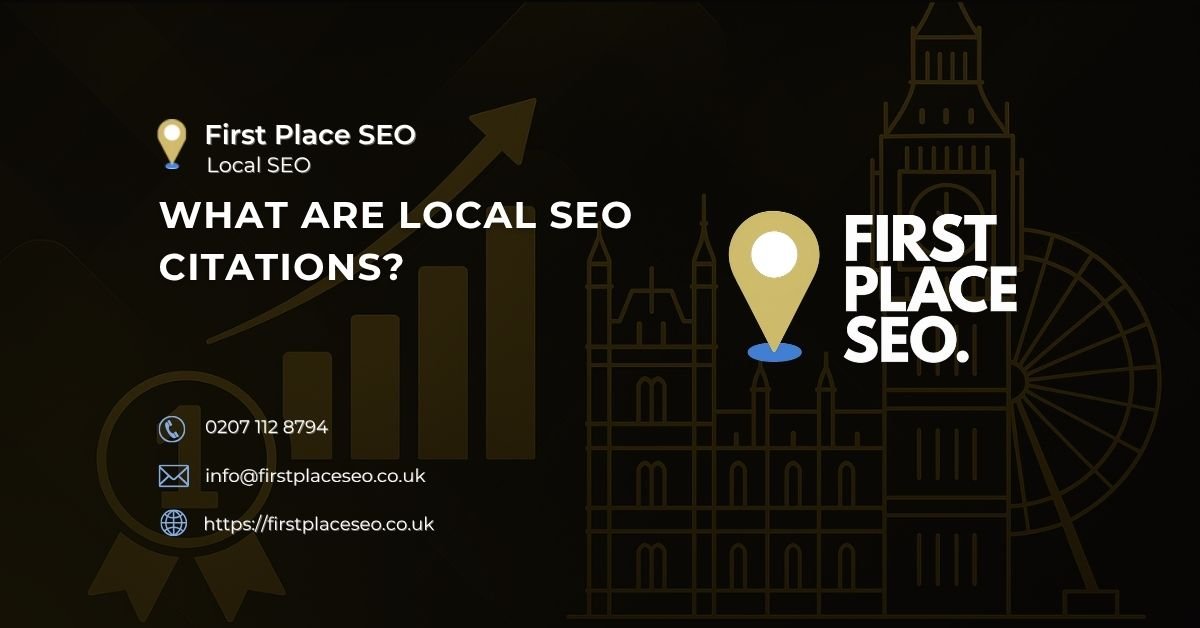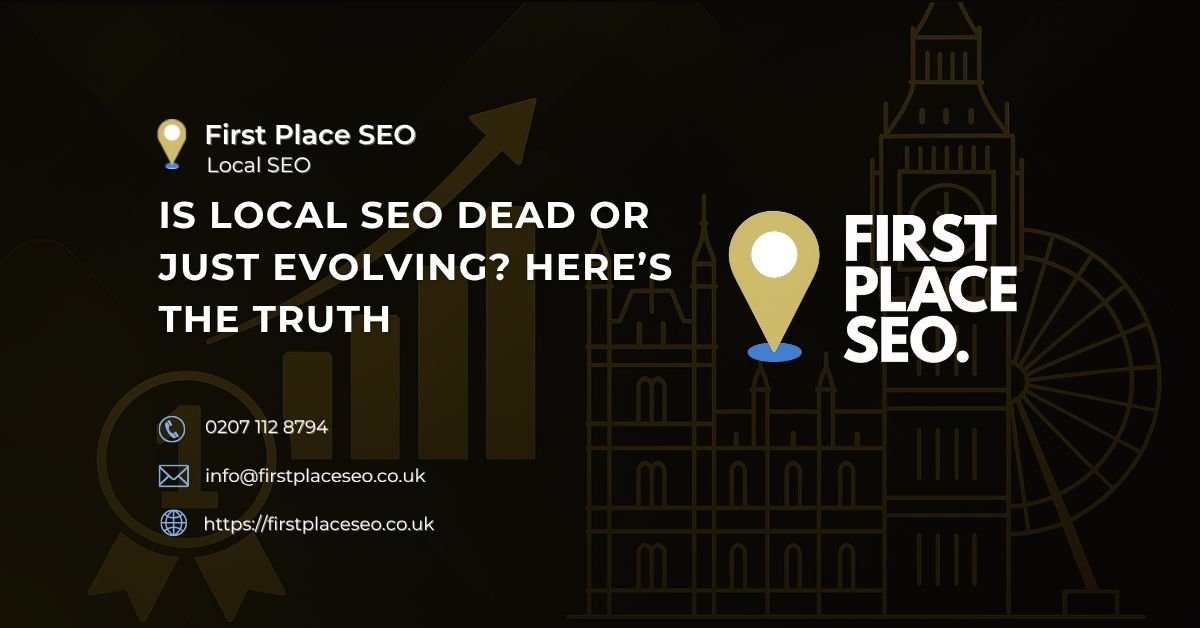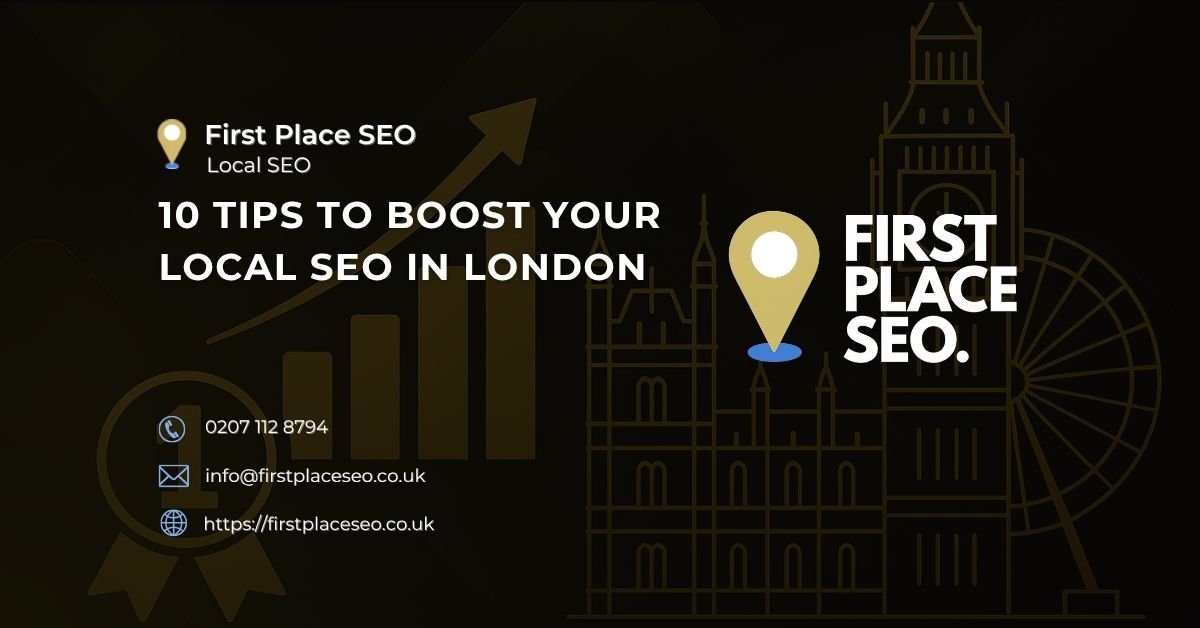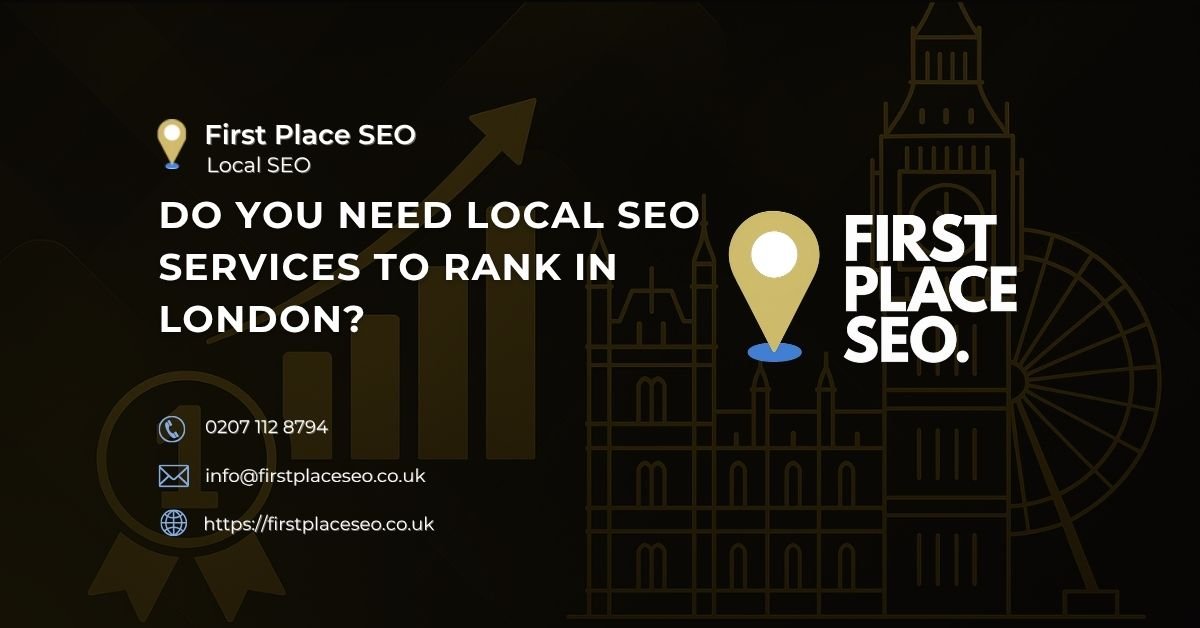What are the main differences between Apple Business Connect and Google Business Profile?
Apple Business Connect and Google Business Profile both help businesses appear in local searches, but they operate in different ecosystems. Google Business Profile is designed to reach users through Google Search and Google Maps, working across mobile and desktop devices. Apple Business Connect reaches people through Apple Maps, Siri and Spotlight, mainly iPhone users. Google offers more features, engagement tools and performance tracking, while Apple focuses on a streamlined, visual experience. Choosing between the two depends on your customer base and how much control you want over interaction, insights and cross platform visibility.
Here's What We Have Covered In This Article
1. Reach and Visibility: Who Sees Your Listing?
Google Business Profile listings appear in Search results, on Google Maps, and across both desktop and Android devices. This means strong visibility for users browsing through traditional web searches, map apps, and local business discovery tools. Apple Business Connect listings appear in Apple Maps, Siri and Spotlight, which are default tools on iPhones and iPads.
As of 2025, StatCounter reports that iOS holds just over 50 percent of the UK mobile market, while Android accounts for around 48 percent. Google also leads in desktop search and Chrome browser usage. If your audience includes iPhone users, Apple Maps SEO helps. But for cross platform visibility and near me search intent, Google Business Profile provides broader reach.
2. Tools and Features: What Can You Actually Do?
Google Business Profile lets you post updates, add booking options, list services, showcase products and respond to customer questions. It integrates with external platforms to support bookings, delivery and menu links. Apple Business Connect allows you to upload Showcases, add Action Links, choose business categories and share images, though it does not currently support direct updates or customer messaging.
You get more options for interaction and promotion with GBP. ABC looks professional, but it is less hands on when it comes to listing optimisation strategy.
3. Search Performance: Where Does It Show Up?
Google listings appear in the Local Pack and the knowledge panel. These are the most visible areas for local results, particularly for mobile and Google Maps users. GBP listings also contribute to map search visibility and local intent ranking. ABC listings show on Apple Maps, Siri voice search and Spotlight suggestions, including spoken search requests.
Apple Business Connect listings are not indexed by Google and do not directly affect your web search rankings. Google Business Profile remains essential for full knowledge panel visibility and organic search traffic.
4. Reviews and Reputation: Who Controls Feedback?
Google allows business owners to respond to reviews, manage Q&A and show that they care about feedback. These reviews appear in Search and Maps. Apple Maps displays reviews pulled from third party platforms such as Yelp and TripAdvisor. At the time of writing, Apple does not offer a way to respond to reviews via Apple Business Connect.
If your business needs to stay involved in customer reviews, Google gives you that access. Apple helps you get found, but not heard. Businesses that want full control over reputation and listing performance metrics will benefit more from GBP.
5. Insights and Analytics: Can You Track What Works?
Google provides a detailed dashboard showing impressions, clicks, map views and calls. These insights help you understand what works and where to improve. You can also link it to Google Analytics and Looker Studio.
Apple Business Connect shows basic figures like profile views and user actions. There is no external integration, and no way to track what happens beyond the listing. If you are refining your local SEO strategy, Google provides more insight into business discovery funnel performance.
6. Setup and Verification: How Easy Is It to Get Listed?
Google makes it simple to verify your business with phone, video or postcard options. You can claim your business listing quickly and get started. Apple asks for official documents, and each listing is checked manually.
If you want something quick, Google is the place to begin. You can always add Apple later once you have time. For consistent citation and NAP accuracy, both platforms should eventually be aligned.
7. Customisation and CTAs: How Much Can You Optimise?
With Google, you can add buttons for bookings, calls and messages, plus product listings and FAQs. These give users more ways to engage. Apple allows Action Links for directions or bookings but does not have the same depth.
If you want users to take action from your listing, Google offers more ways to make that happen. It also makes it easier to convert traffic with GBP using interactive features.
Final Verdict: Use Both But Know Their Strengths
Google Business Profile helps with visibility, customer control, analytics and tracking. Apple Business Connect supports iPhone users and voice search tools. Together, they cover most entry points for local business discovery.
Start with Google for speed, local pack rankings and better control. Add Apple to support voice activated search and strengthen your manage business presence strategy across platforms.
Pro Tip : Don’t ignore Apple just because it’s newer, half the UK’s mobile users are on iPhones.
Convert More From Your Listings
Improve your rankings, optimise calls to action, and turn map views into real leads.

